Icebikers have special needs when it comes to the layers next to the skin. While normal outdoor winter activity may require a simple pair of cotton long johns under jeans, this simply won’t do for winter cycling. Cyclists produce great amounts of heat (and sweat) and the traditional approaches to warmth just don’t work.
First, there is the problem with cotton. It absorbs moisture, about 7% of its weight per hour when exposed to moist air. Next to skin, when exercise is generating a lot of moisture, cotton gets soggy quickly, and once damp it stays damp and conducts a lot of heat rapidly away from your skin. In short, it makes you cold. Therefore, icebikers usually choose one of the modern wicking fabrics for underlayers when the temperature gets cold enough to require an additional layer.
Second, there is the mobility problem, especially when it comes to your legs. Because you are constantly in motion, you will not want a restrictive fabric, but rather one with a good deal of stretch. In addition, form fitting garments don’t create wind tunnels when you move, and make it easier to get into the outer layers. This usually requires a certain amount of spandex or other stretchy material in the underlayers.
Within these constraints, what do icebikers wear for underwear?
What Do Icebikers Wear For Underwear?
Commonly available brands of quality polyester based form fitting skin layers as are usually found in sporting goods stores are usually quite sufficient. Capilene (Patigonia), polypropylene (Lifa by Helly Hansen) and others, DuoFold‘s stable of house-brand fabrics, as well as PolarTec Microfiber Powerstretch (Col d’Lizárd and others) are common examples of form fitting, stretchy, and wicking fabrics that serve well as skin layers for both the upper and lower body.
The skin layer’s main purpose is to trap a layer of air next to the body, and use this air as an insulation zone. The skin layer does not have to be a good insulator to perform its function, it just has to trap significant amounts of air within its weave.
As such is has to be porous, and being porous means it will usually allow wind to pass through. While the outer layers provide the wind blocking, the inner layer has tp provide moisture transport. Fabrics that are “hydrophobic” repel water from the surface of the fibers.
Since most polyesters are (by definition) plastic they are very hydrophobic. In addition, by virtue of their tight weave, they provide an excellent wick with which to transport water from areas of high density (your skin) to low density.
Other factors that affect choice of fabric for winter cycling underwear include the durability of the fabric, its care requirements and comfort. Several types of polyester have earned reputations in their early days that still plague them today, even though these problems have largely been solved by the manufacturers.
As an example, Polypropylene has a reputation of being sensitive to heat, such that it could be destroyed by being placed in the dryer. Further it is said to retain odors and “pill” up more than other polyesters.
While these were all true at one time or another, these problems are largely a thing of the past, but worth checking the laundry instructions when your purchase such items. Most modern polypropylene can be laundered in the conventional way, and are usually cheaper than other fabrics.
Personally, I prefer other than Polypropylene, because it stretches less than some of the more modern fabrics. This can cause binding in the knees. In the last few years fabrics like Malden Mills Microfiber Powerstretch have arrived. These seem more durable than the previous generation. They also wick better and require less stringent care. This fabric usually has 4 way stretch, and works well for both the shirts and tights.
It should be noted that there are many imitations and copycat fabrics in this market. This is not all bad, as many of the non big name fabrics are just as good and perhaps cheaper than the name brand fabrics.
However, don’t assume that all polypropylene is the same. The better brands have a clearly superior product in that they have done the research to get rid of poly-pro’s bad characteristics. Similarly, some of the copycat fleeces are quite inferior.
When To Add Layers
For the lower half you may not need any skin layer until the temperature drops to about 10 below freezing. Often a pair of tights made of fleece, such as the Gekkogear Icebike tights, is all that is required down to about 20F (-7C). At about that temperature most icebikers start adding a skin layer of powerstretch or polypro under the same tights, or perhaps a light capilene skin layer under slightly heavier or more wind resistant tights.
For your torso, you can often get by a little colder before you add a skin layer, because you produce a lot of heat and it all seems like its hiding under the jacket. By about 10F, (-23C) most winter cyclists add a skin layer to the upper two layers (the wind blocking outer layer and mid layer). Often this layer will be rather thin, such as a Capilene or thin Poly-pro.
Aftercare and Laundry
You will hear all kinds of advice on just how to wash your Poly-pro or micro-fiber skin layers. This includes hand washing, special detergent and line drying. My take on this is that I have other things to do in life besides wash underwear. If it can’t be cleaned in the washer and dryer then I don’t want it. I’ll get something else.
FAQs
Do mountain bikers wear underwear?
Do girls wear underwear under biker shorts?
No, you do not wear underwear under biker shorts.
What do you wear inside biker shorts?
You can wear a moisture-wicking underwear inside biker shorts but the choice is completely yours.
Why do bikers wear tight shorts?
Tight shorts keep the pads in place. Also the material stays in place making sure that your ride is comfortable.
Conclusion
I accept the fact that all fabrics deteriorate over time. (Where do you thing dryer lint comes from?) I have mid weight Capilene that has slowly migrated toward light weight Capilene, and I use it accordingly. In the past I’ve had Polypropylene garments that shrunk dramatically after being in the dryer. I never buy that brand again. I’ve had other poly-pros such as Lifa (Helly Hansen) that have done well over the years.
Do you do underwear layering while riding? Let me know in the comments below.
Also Read
- 8 Things To Consider While Buying Padded Bike Shorts
- How To Choose Extreme Winter Cycling Shoes, Boots And Footwear
Should you have any questions or require further clarification on the topic, please feel free to connect with our expert author John Andersen by leaving a comment below. We value your engagement and are here to assist you.

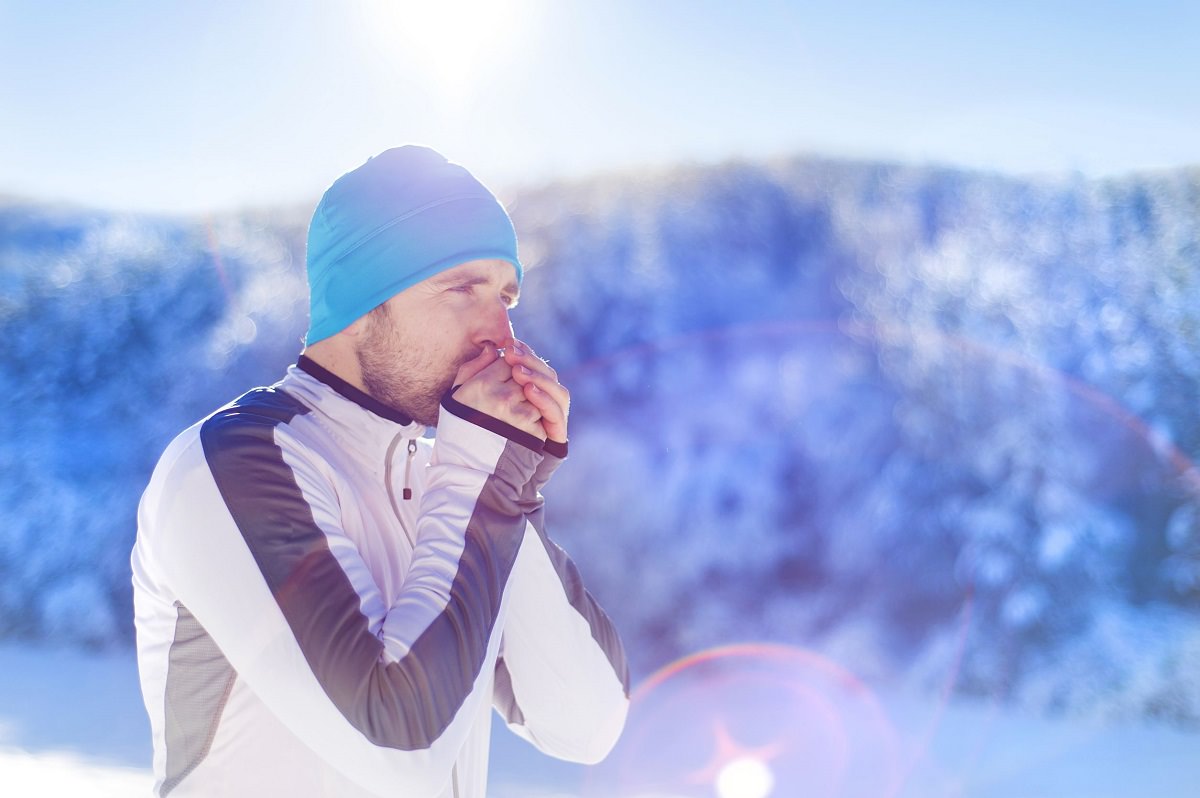
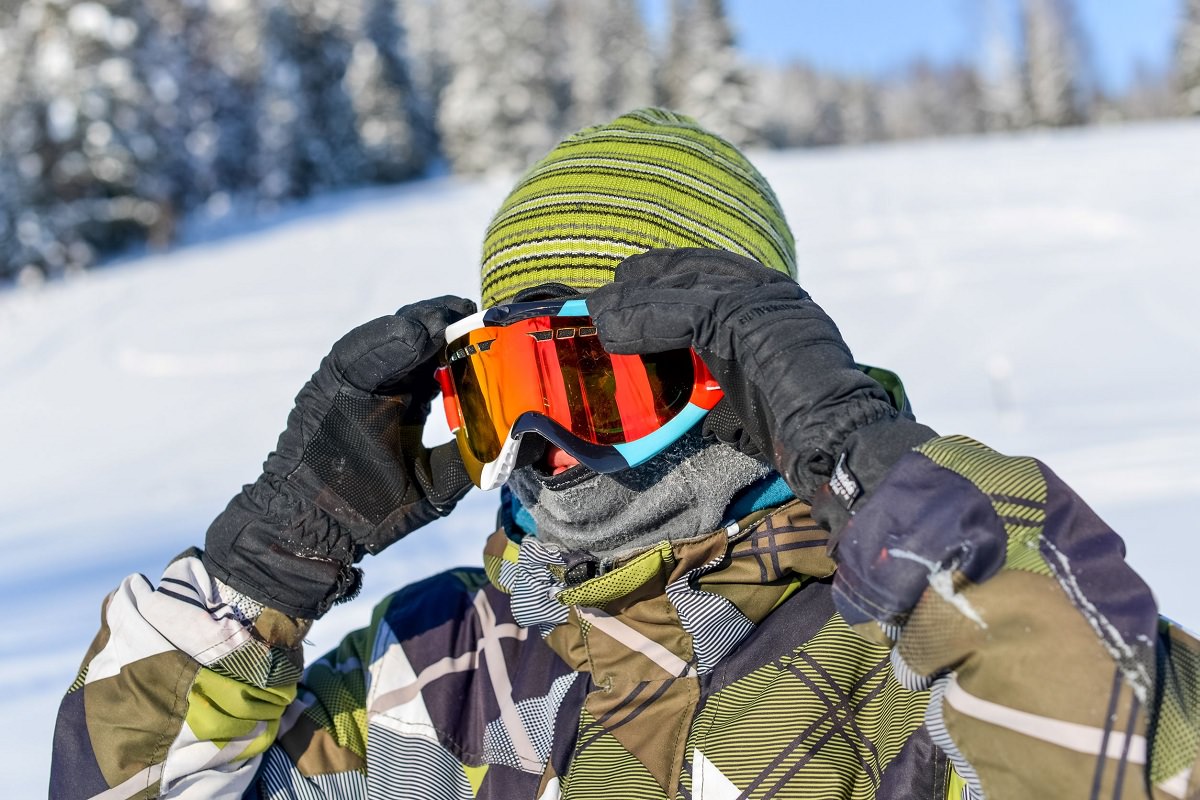
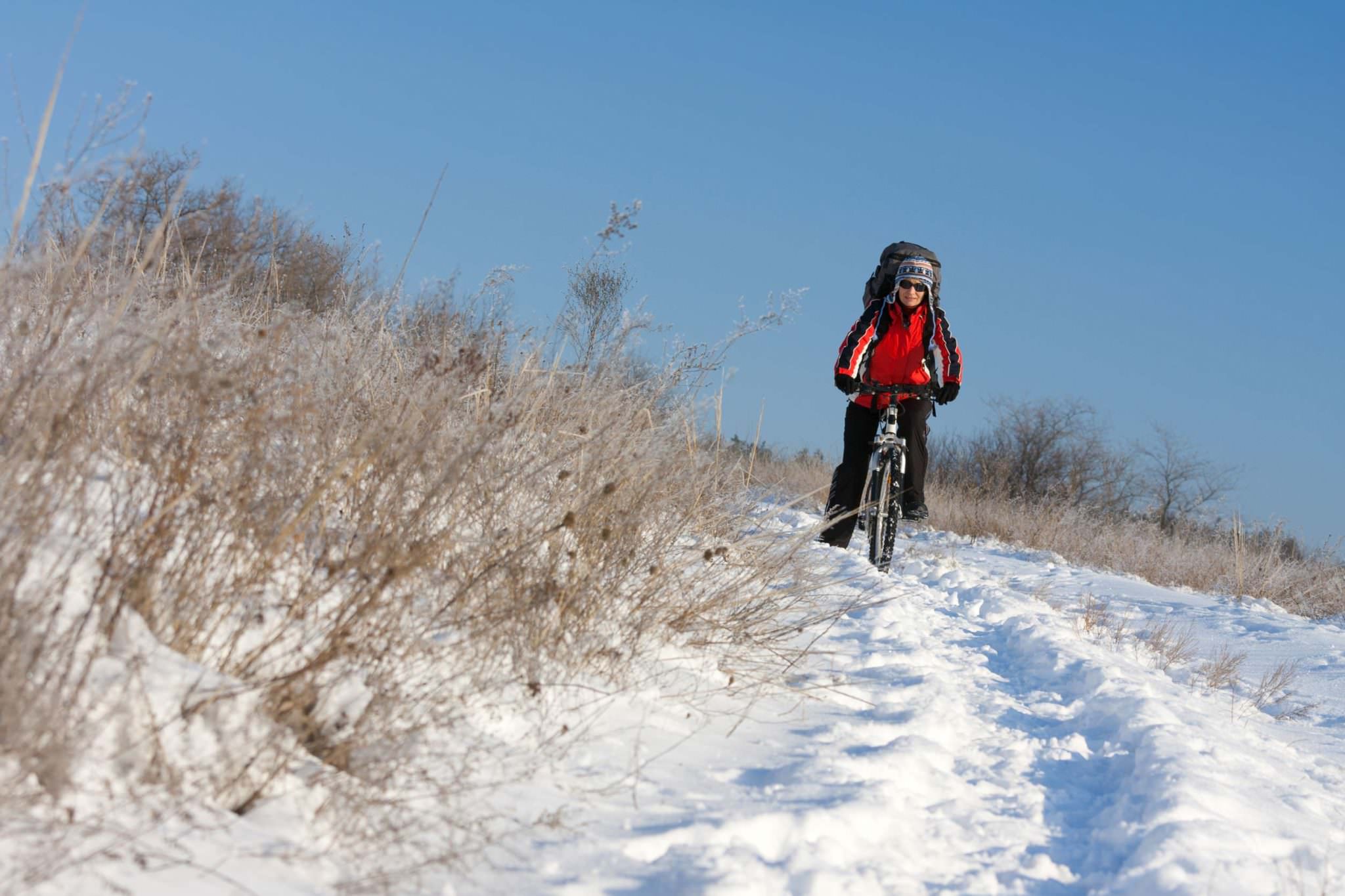
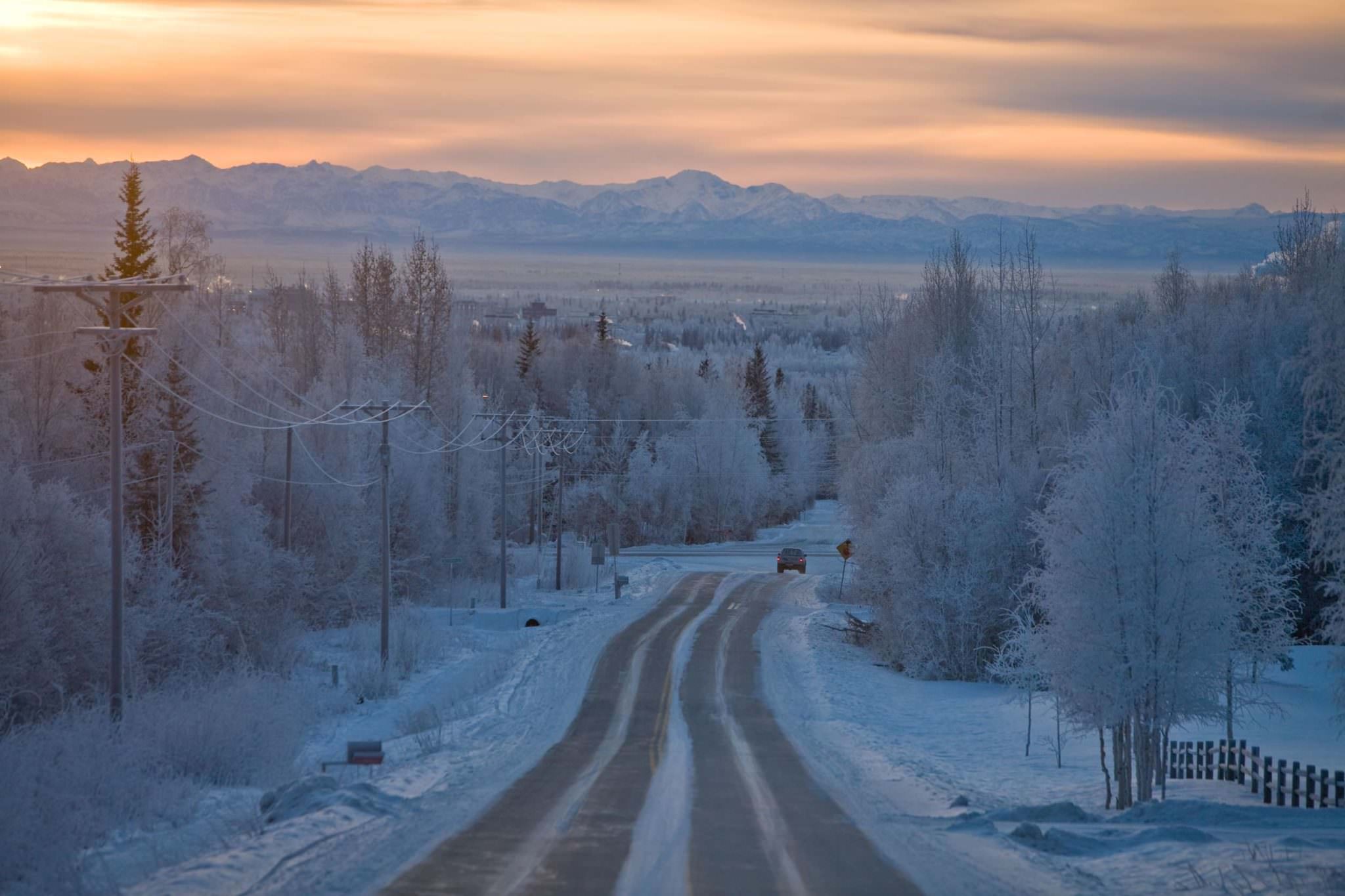
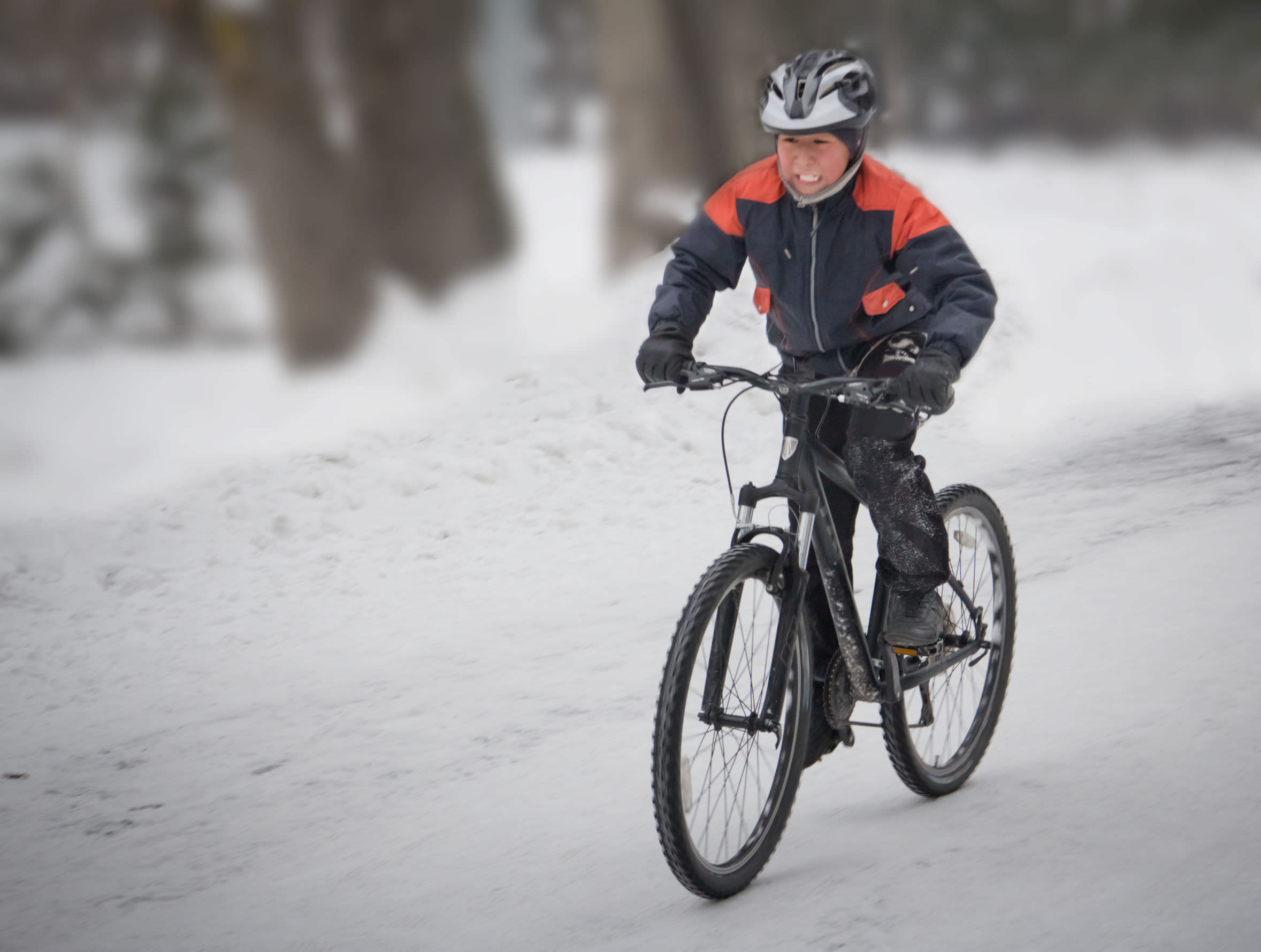
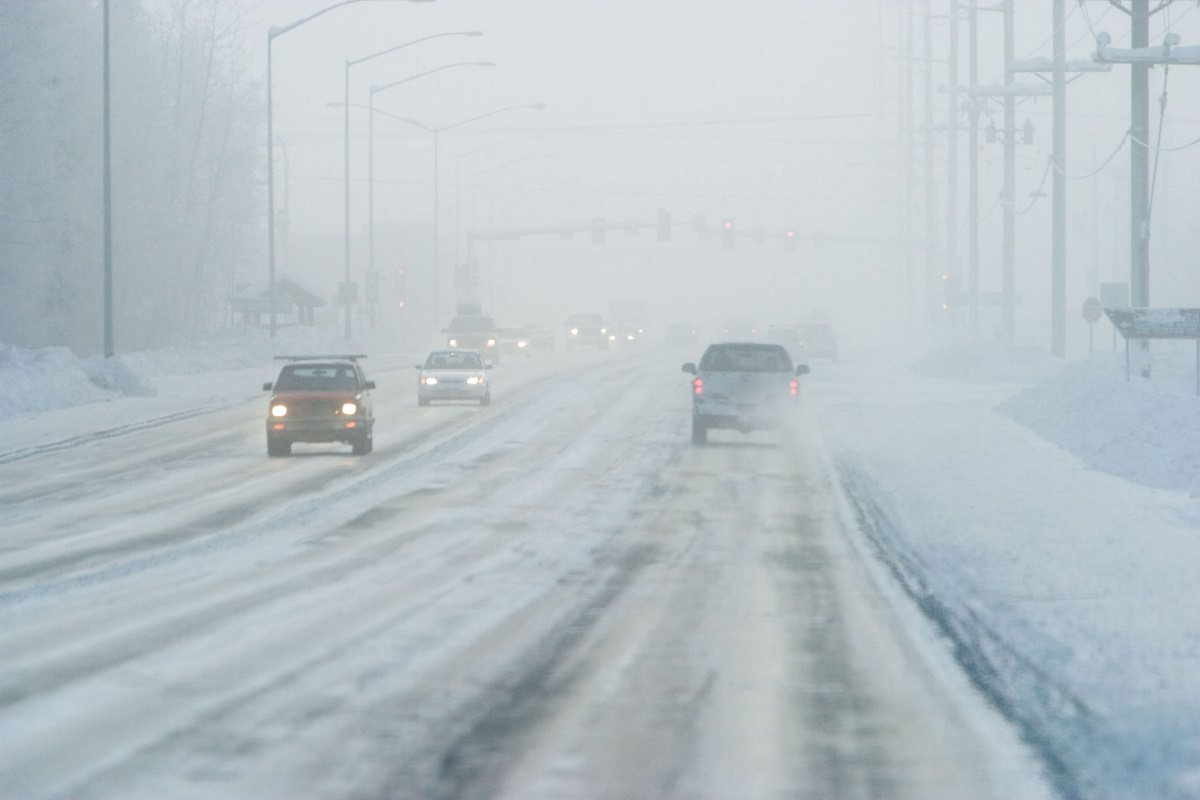
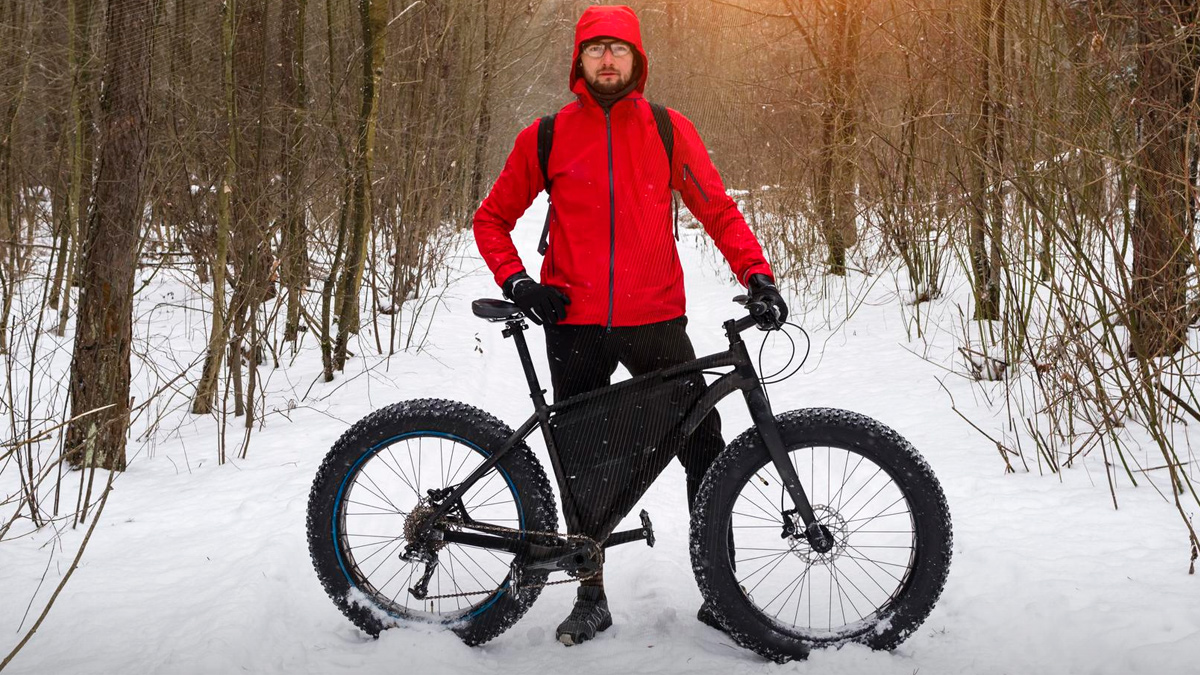

2 thoughts on “What do Ice Bikers Wear For Underwear?”
What’s your take on wool or silk? I know that my hand knit wool socks are very warm even when wet (kayaking experience) so I wonder if something like smartwool undergarments would be appropriate with a good outer layer?
Thanks!
I have a few merino tshirts, but I have never consider them warmer than other tshirts. For me the main benefit is that they can be worn for 2-3 days without smelling (which is nice if you want to travel light). But a problem with merino is that it’s not the durable.